You probably enjoy the breeze coming in through your windows or doors in the summer. However, when winter comes, the chilly winds can almost be unbearable. It seems as if the cold wind is seeping inside from places your can’t see. It doesn’t matter where you set your thermostat; you can’t get comfortable.
Without the proper insulation around your windows and door, the heat can’t be retained, and your utility bill keeps rising. Windows and doors must be sealed or insulated before winter hits because even a tiny crack or gap can make significant changes in the temperature of your home or office.
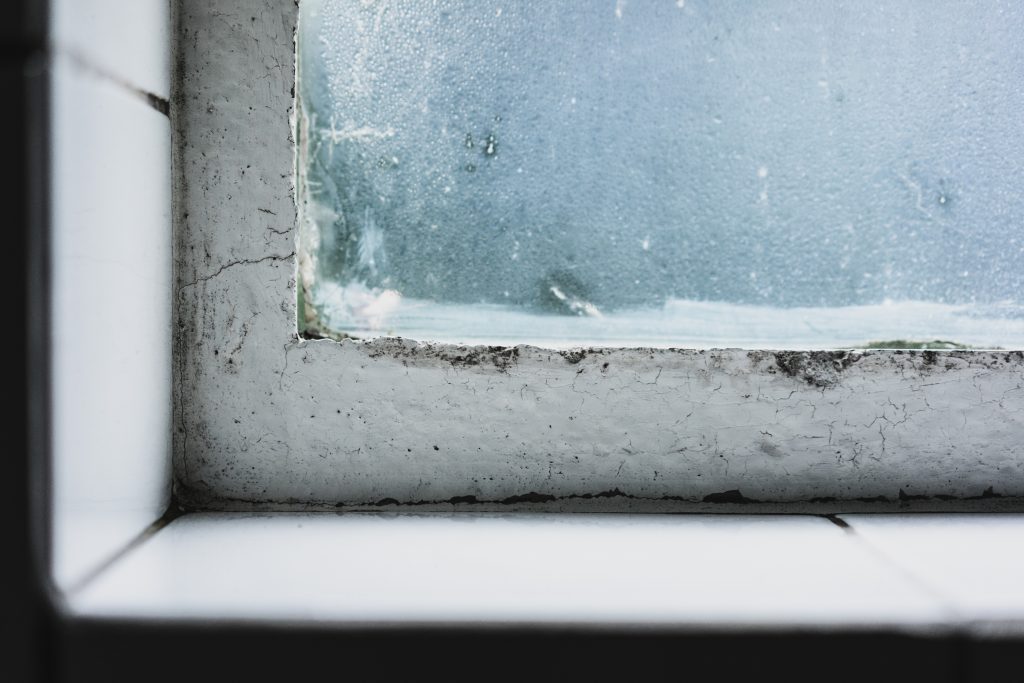
Depending on the age of your home, you might want to check your home’s openings from the outside first. However, this could be expensive and time-consuming. Thankfully, we have many alternatives to prepare our windows and doors for winter. With such mindful approaches, you can make your space more livable, reduce cold spots, and save some money.
How Can You Save Yourself From Being Chilly Inside Your Home?
It really doesn’t matter if your windows are old or new; there is still a possibility that a cold blast of wind will seep inside. Especially if your current windows are single-pane. On the other hand, double-pane windows and triple-pane windows provide better insulation. Of course, curtains and draperies over your windows present a barrier against the cold, but they are not always effective and can be very expensive. When the temperature drops to freezing or below, your windows feel icy.
This can present a real problem when the warm air inside leaks out or the cold air creeps inside. The great news is that there are significant ways to winterize your windows:
- Repair the existing cracks or spaces in the windows.
- Permanently or temporarily insulate windows.
Why Should You Insulate Your Windows?
• Prevent heat loss and keep the space warming effectively.
• Protection from harsh winter temperatures.
• Reduces problems related to moisture.
• Saves on utility bills.
• Makes the house comfortable, cozy, and consistently warm.
Simple Ways to Winterize Windows
1. Caulking
Ensure you choose a dry day with low humidity for caulking. It would be best to apply caulk to the interior and exterior to prevent undesirable room temp fluctuations. Some good options include polyurethane caulk, silicone caulk, and acrylic latex caulk.
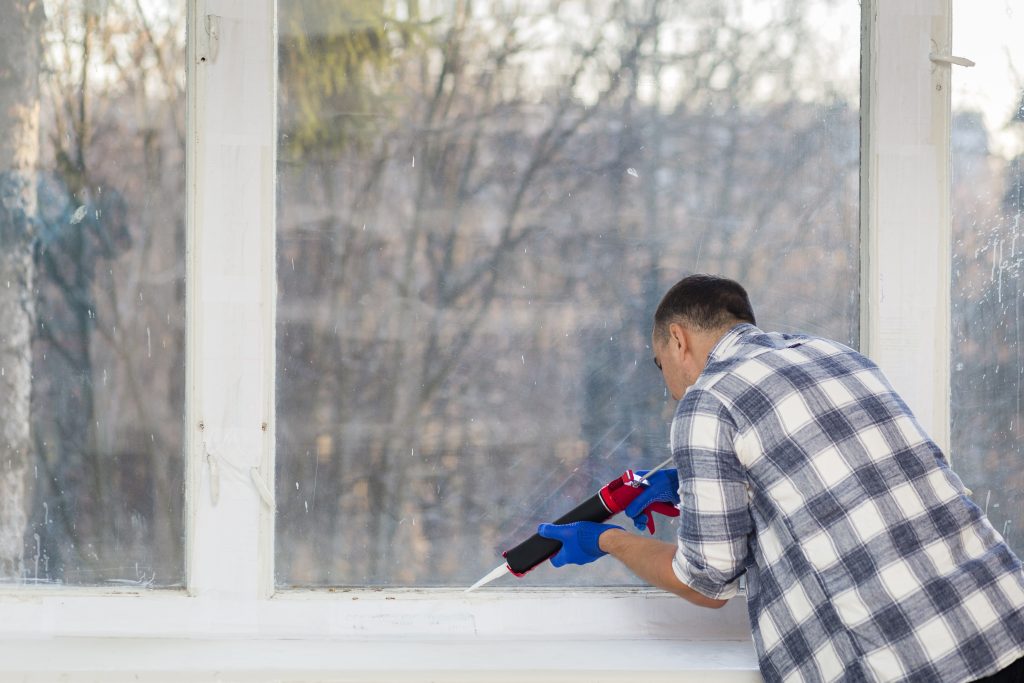
How to apply?
• Remove the old caulk or paint using a knife or rough brush.
• Using a scrub brush, clean the remaining dust and debris.
• Start applying the caulk upon the joints in the frame. The gun should be held at 45° and ensure a continuous stream.
• If it seems the caulk is not adhering to the surface, use a putty knife to put it back.
2. Weatherstripping
Weatherstripping plays a considerable role in reducing drafts and electricity bills. Depending upon the situation, different types are available: Pressure-sensitive adhesive-backed foam, self-sticking spring metal, spring metal strips, and many more. It would be best to read the manufacturer’s instructions before applying.
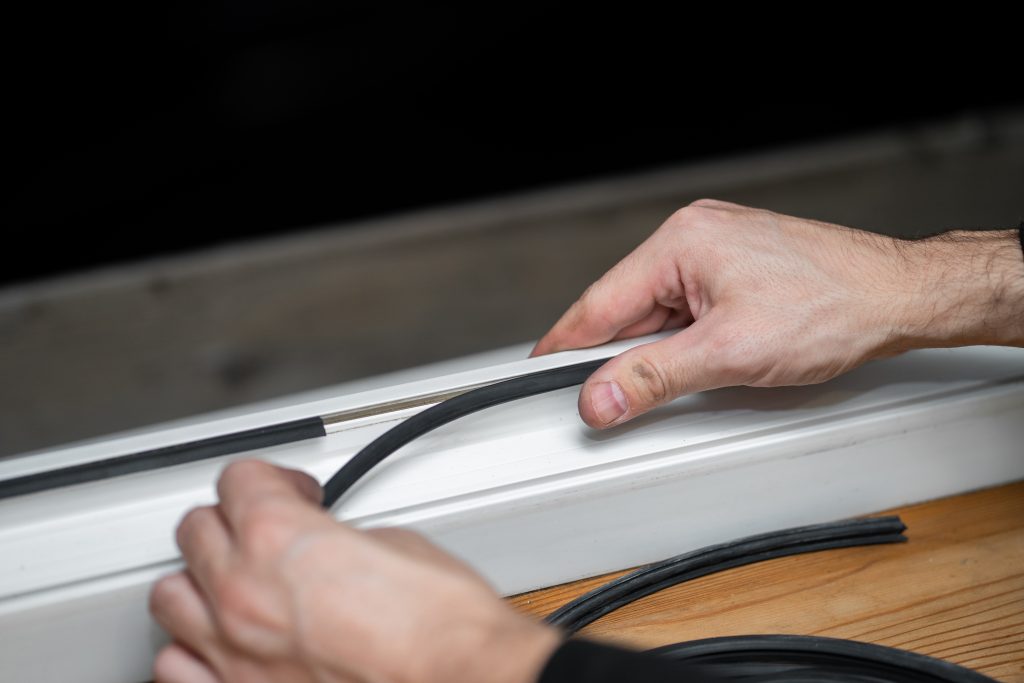
How to apply?
• Do the same cleaning as mentioned above. Cut the required size of weather stripping material.
• After adequately drying, cut the foam tape to fit in the stops.
• Remove the back and press the foam upon the stops.
3. Storm windows
When window replacement is not affordable, storm windows are a very economical option. Although it may not provide insulation, it effectively prevents air leakage. It increases the efficiency of the older existing windows, and their installation and removal are both relatively easy.
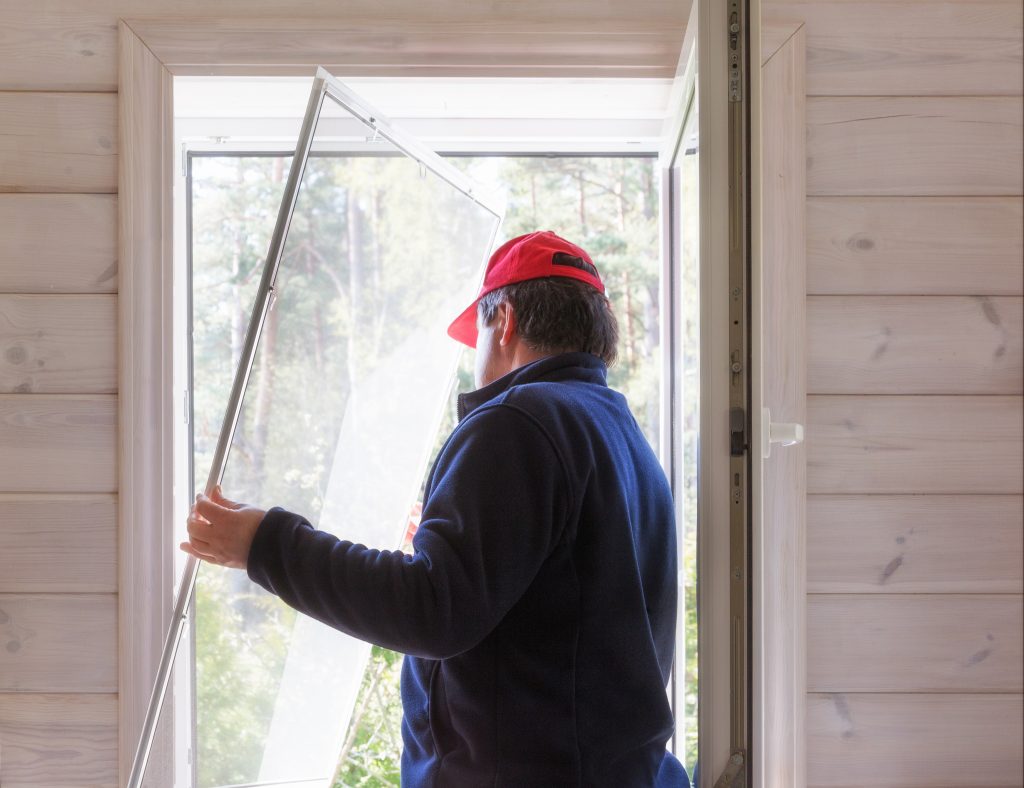
How to apply?
• Check the glass or wood, and repair it if any part is damaged.
• Get storm windows of the required measurements. Measurements should involve width in three places: at the window’s top, bottom, and middle.
• Check that the storm windows are the right fit and that the edges lie firmly.
• Hold the caulk gun at 45° against the inner frame of the window and apply it along the sides and top. Don’t apply at the bottom.
• Place the storm windows upon the window over the caulked edges. Ensures the edges are sealed. To do this, you can use a putty knife.
• Using fasteners and screwdrivers provide extra security to the windows, as the caulk alone will not be able to hold it as securely.
4. Draft snakes or stopper
It’s a classic solution for drafts, but it is also used for doors. It blocks the cracks, if present, between the sash and sill, preventing the loss of warmth. Compared to other alternatives, it is cheaper yet effective. They are typically long sleeves filled with a dense material like balsam fir. They are commonly applied at the bottom edge. There is a variety of shapes, sizes, and designs available.
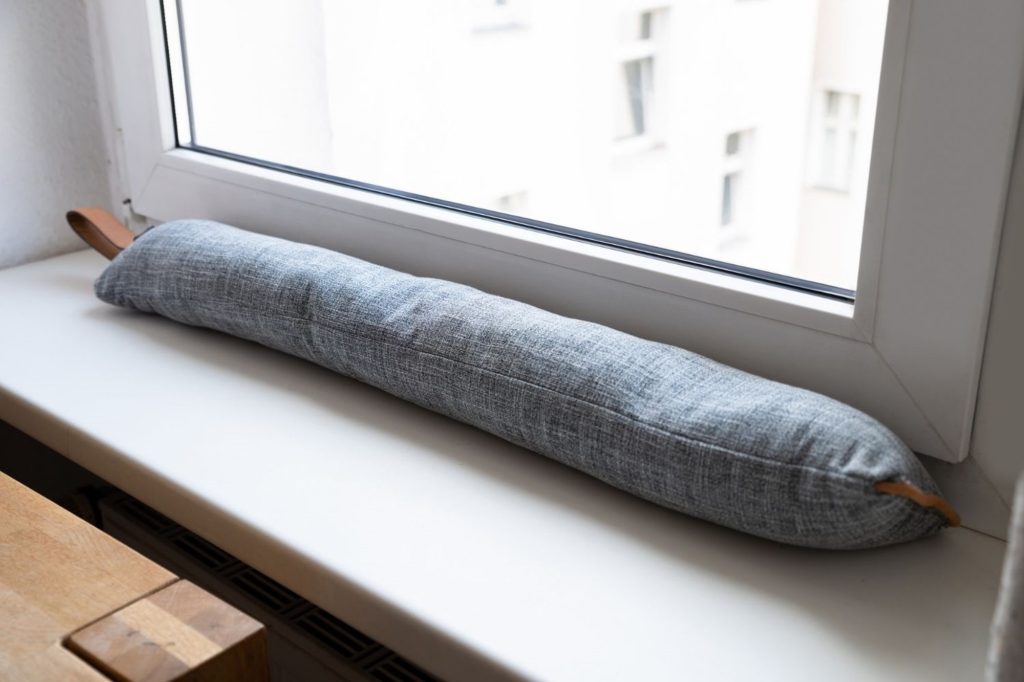
How to apply?
• Clean the bottom edge and dry it. It would be impossible to properly attach the draft snake to the surface if it’s not clean.
• Get the draft snake of the required size.
• Use adhesive for attachment along the edges.
• Make sure no gaps remain for the air to sneak in.
Is It Worth Winterizing Windows Without Plastic?
When winters start approaching, you have lots of things to do. A plastic insulation film applied over the primary windows can be a cost-effective option to keep the warmth inside. The plastic insulation film is available in different varieties to apply over the primary window. Acrylic has been a popular choice over glass windows. Other plastics, like polycarbonate plastic, are superior to acrylic but expensive.
You should know the pros and cons of applying plastic film over the windows.
Pros
• Some films are designed to protect from UV rays.
• They are economical and budget-friendly.
• High-quality films would significantly improve the condition of old windows.
• It may help you save up to 40% of the heating cost.
Cons
• Cheaper-quality films may not be effective.
• It may cancel the manufacturer’s warranty on the window.
• Its installation might be complicated.
• Plastic is thin and sometimes unsuitable for external activities.
Winterizing windows without plastic
Plastic may not be viable, so fiberglass or composite frame windows are the alternative. They are affordable as well. There are some other alternatives to plastic available as well listed as follows:-
1. Removable caulk
It’s a one-stop solution for insulating windows. It should be applied to the windows that are usually not opened. When it’s no longer needed, it’s easy to pull off the caulk.
2. Thermal-lined windows drapes
These heavy drapes are designed to seal the heat between the fabric and the window pane. They appear elegant and feel warm. It may contain acrylic foam between the layers of fabric.
3. Window insulation by inserts
This option is excellent for enhancing the thermal insulation of the old existing windows by completely blocking air. They are pushed into the opening inside to stop drafts. Fortunately, it doesn’t change the old windows, increasing their efficiency.
4. Window insulation tape
The insulation tapes are self-adhesive, can be quickly applied, and would be a cost-effective option to block the drafts. However, these are more of a short-term fix. They provide an air-tight seal.
Other Window Treatments
Sometimes, window treatments can make a huge difference in your bills. Here we have listed some of the treatments which will provide insulation to a greater extent saving your cost:
1. Cellular shades or “honeycomb shades”
Durable with complex designs, they are a good value for money. The shades are made of pleated fabric and help trap air within each cell.
2. Draft guards
Draft guards are cloth-stuffed tubes often laid across cracks under windows or doors. It consists of insulating material acting as a windbreak.
3. Solar replacement screens
These screens also insulate the windows, significantly resisting the heat coming from the sun striking through the window.
4. Glazing
It’s the process of incorporating a glass or pane into the frame. It’s installed for insulation and sound protection.
Conclusion
Winterizing windows involves taking a step ahead to prepare windows to retain heat inside the house, ensuring no drafts. Different methods are available for winterizing windows and doors, which could vary depending on their condition.
If you have old, cracked windows, they can still be prepared for winter without replacing them.
According to the U.S. Department of Energy, you will be amazed that reducing the draft in your personal space could save between 5-30% of energy yearly.
Plenty of options available will effectively insulate your personal space while keeping out the cold winter wind. Winterizing your windows will make your home or office more cozy and comfortable.






